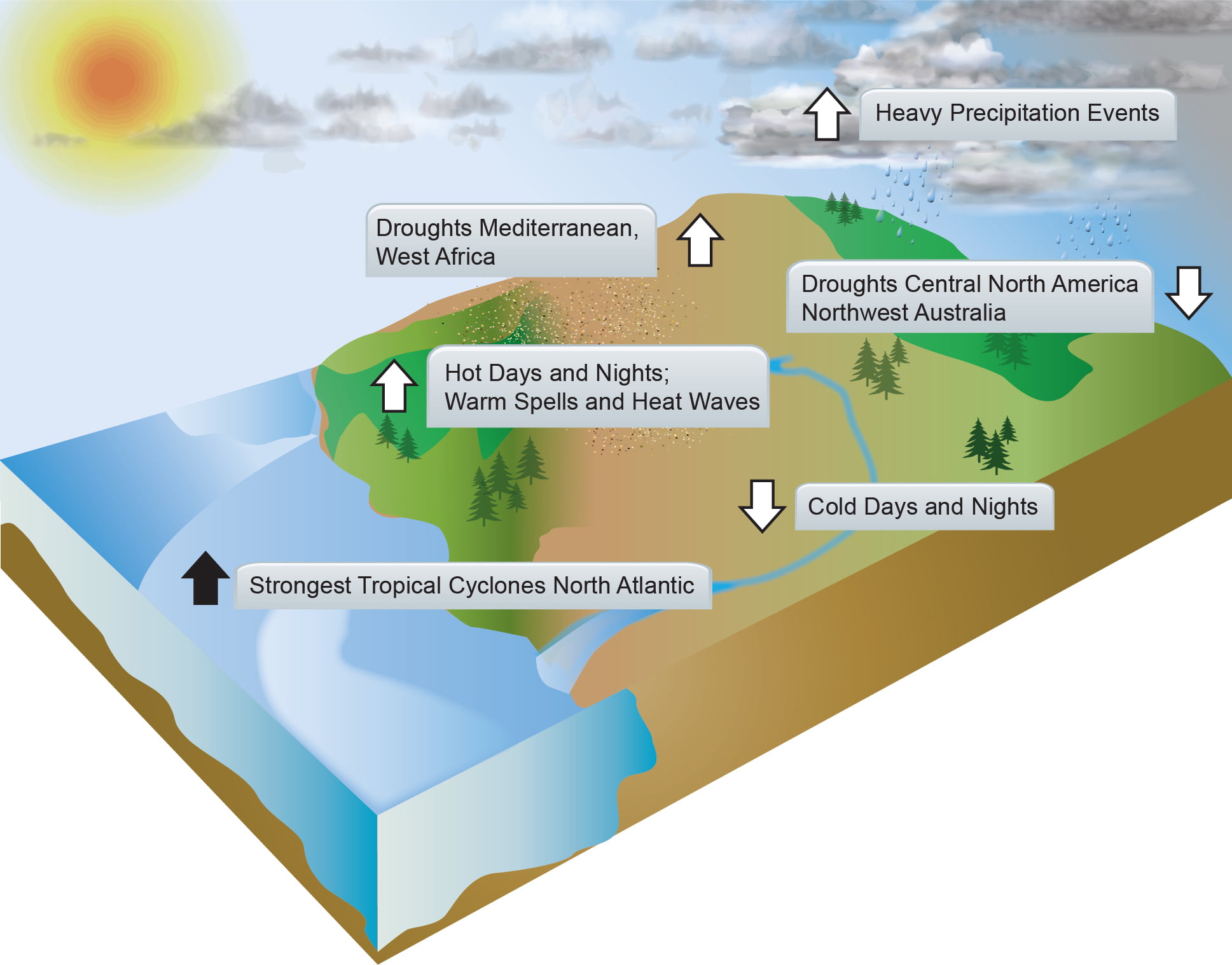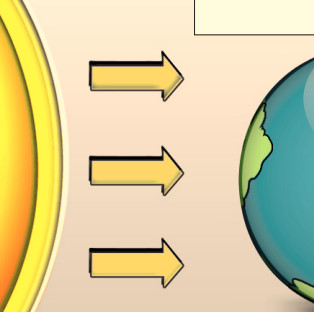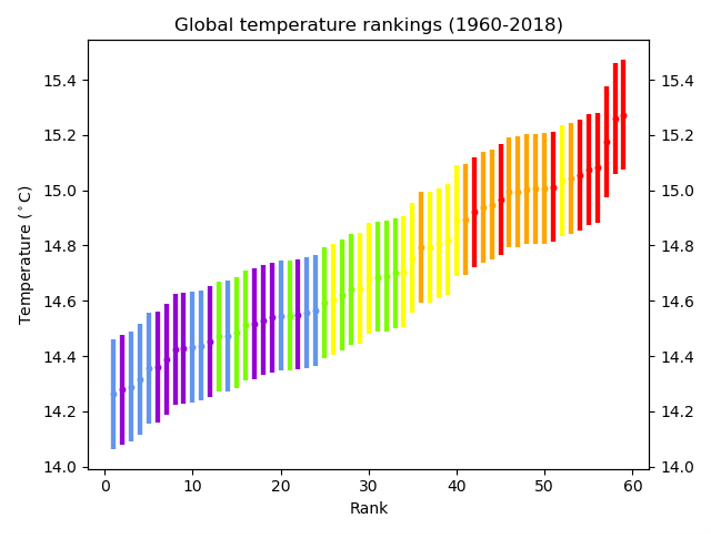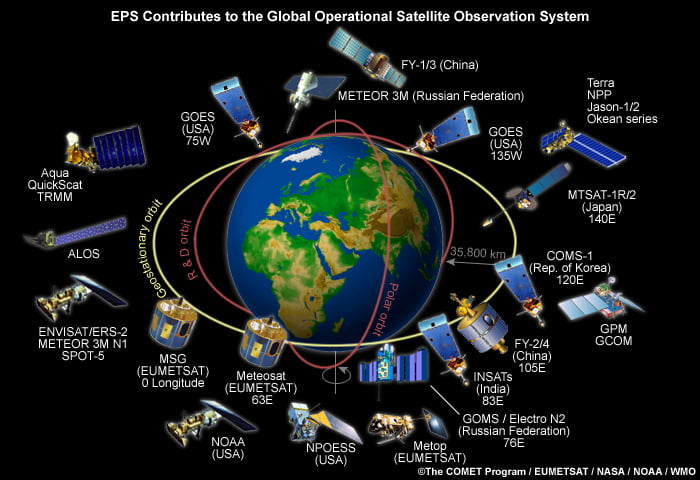Resource produced in conjunction with Sustainability Physics.
Motivation:
- The world’s oceans are heating. Their temperature is not rising as fast as that of the land or air, but they are the major store of the excess thermal energy resulting from greenhouse gas emissions
- According to the abstract of this study https://agupubs.onlinelibrary.wiley.com/doi/full/10.1029/2012GL051106#support-information-section the top 700m of the oceans have warmed by 0.18°C on average between 1955 and 2010. This resource investigates how big this store of thermal energy is.
Curriculum links
- GCSE physics heat capacity, power calculations and estimation
- GCSE maths standard form: the order of magnitude of the numbers is more important for this question than the numerical values
This could be used as a starter exercise: Can students do the whole question at once given only the radius of the Earth, the temperature rise and the specific heat capacity of sea water?
- Why does the temperature of the sea rise more slowly than the temperature of the land or air?
Water has a higher heat capacity (4kJ/kg/°C for sea water) than land (2kJ/kg/°C for rock) or air (around 1kJ/kg/°C). For the same input of thermal energy, the increase in temperature is smaller for the ocean than it is for the land. - Find the area of the Earth’s oceans using the following information: the radius of the Earth is 6371km and the oceans cover about 70% of the Earth’s surface.
A = 4πR2 = 3.57 x1014 m2 ≈ 3.6 x1014 m2
3. Find the volume of the top 700m of the oceans. Ignore all the coastal sections of the ocean which are shallower than 700m.
V = A*height = 2.5 x17 m3
4. Find the mass of the top 700m of the ocean. Use the density of seawater as ρ = 1025 kg/m3
Mass = V* ρ = 2.56 x1020 kg ≈ 2.6 x1020 kg
5. Find the energy required to give this mass a temperature rise of 0.18°C. The specific heat capacity of sea water is 4 kJ/kg/K
Energy = C*Mass*ΔT = 1.8 x1023 J
6. Find the average power over the 55 year heating period
Power = Energy/time = 1.1 x1014 W
7. How big is that power? Find the power ‘per person’ by dividing the total power by the number of people on Earth today (8 billion people)
1.3 x104 W
8. A kettle has a power of 2.5kW. How many kettles would each person on the Earth have to boil to have the same total power?
1.3 x104 W / 2.5 x103 W = 5.3 ≈ 5
The warming of the upper ocean between 1955 and 2010 is equivalent to the energy used by every person on Earth boiling 5 kettles continuously for 55 years! This question only considers the upper ocean. The lower ocean is also warming and storing energy.



